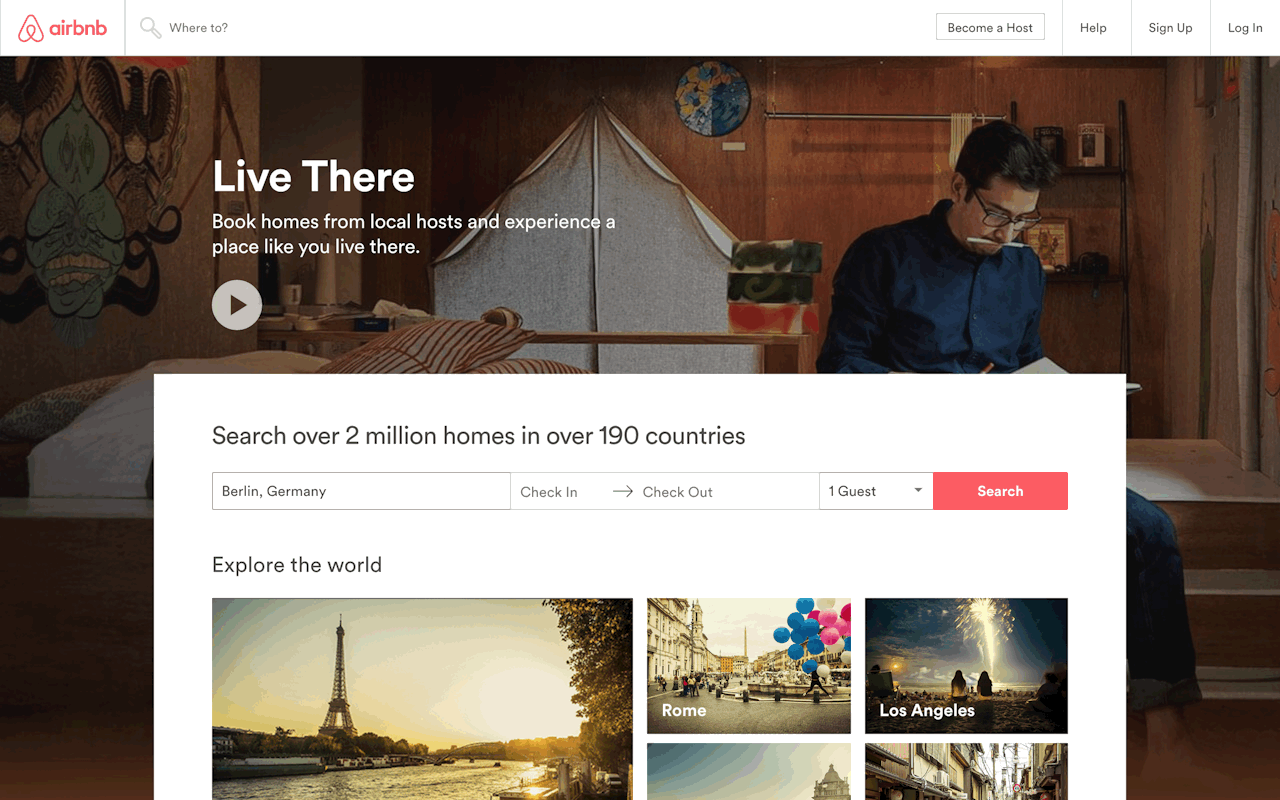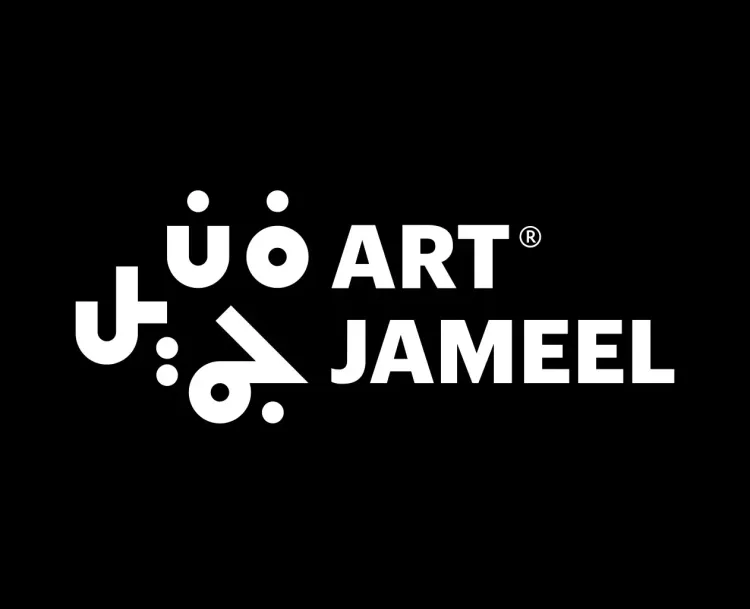Pink Elephant vs. Plain Vanilla: How to Stand Out in a Crowded Marketplace
Share
In today’s hyper-competitive world of branding, the decision to position your brand can have significant implications for its success. Whether it is going to be positioned as the bold and disruptive "Pink Elephant” Or the safe and familiar "Plain Vanilla”, each approach offers unique advantages and challenges, catering to different target audiences market segments, and capturing consumer attention. But which strategy reigns supreme in the battle for brand positioning?
What is Safe Brand Positioning? "The Plain Vanilla"
Think of the vanilla ice cream flavor: classic, timeless, comforting, and universally liked. The Plain Vanilla brand positioning remains steadfast and dependable in a world of fleeting trends and fads. Positioning the brand in a safe area and building on clear values gives the audience a feeling of comfort and familiarity. Plain Vanilla brands earn trust without surprises through its straightforward approach and consistency, just like fast food chains, soft drink companies and basic household cleaning products. These brands offer familiar products and strive to provide consistent experiences across their global locations. Tawuniya and Marriott are two great plain vanilla brands that who focus on direct communication, quality, and strong values.

Now Let’s Talk About the "Pink Elephant" in the Room – Disruptive Brand Positioning
Imagine a vibrant pink elephant amidst a herd of grey ones, it’ll definitely catch your eye. Pink Elephant positioning represents a disruptive and unconventional approach to brand positioning. It is a metaphor for positioning the brand in a bustling marketplace where every brand is vying for attention, trying to be bold, unconventional, eye-catching and memorable, just as a pink elephant stands out effortlessly in the crowd. The Pink Elephant positioning defies norms and creates unique experiences that leave a lasting impact on consumers. A prime example of Pink Elephant positioning is the revolution brought about by well-known companies such as Airbnb and Dyson that changed their industry completely. Other local brands like Nana and Mrsool challenged the industry norms with their humor and outlandishness, while Desar decided to take Saudi headwear to another fashionable level — those examples aimed at disrupting the market and carving out unique niches. Creativity is the lifeblood of the Pink Elephant brand positioning.

Airbnb disrupted the traditional accommodation industry by offering a unique peer-to-peer rental model. It allowed individuals to rent out their homes or spare rooms, providing travelers with an alternative to traditional hotels.
Dyson is known for their innovative vacuum cleaners and other household appliances, Dyson transformed the perception of mundane home products. They challenged the status quo with cutting-edge technology and sleek designs, setting themselves apart from traditional vacuum cleaner manufacturers.
Both the Plain Vanilla and Pink Elephant positioning strategies can excel depending on different factors, including the brand direction, vision, market, and sector. The Pink Elephant brand stands out through its daring distinctiveness, targeting niche markets with creativity and innovation, fostering deep connections and loyalty. However, it needs help in maintaining relevance and mass appeal due to its eccentricity. In contrast, Plain Vanilla exudes timeless simplicity and reliability, prioritizing broad market appeal through consistency and accessibility. While offering stability, Plain Vanilla risks blending into the background without a distinct identity, struggling to inspire loyalty amidst more attention-grabbing competitors.
A Case Study – Innovation vs. Reliability
Saudi Arabian Airlines embodies the Plain Vanilla positioning strategy, emphasizing reliability and broad market appeal. With a focus on traditional values, safety, and comfort, Saudi Airlines prioritizes consistency and accessibility to cater to a diverse range of passengers, including families, business travelers, and religious pilgrims. While lacking the flamboyance of Virgin Airways, Saudi Airlines' straightforward approach resonates with passengers seeking stability and familiarity in their travel experience.
On the other hand, Virgin Airways exemplifies the Pink Elephant strategy in the airline industry with its bold and innovative approach. With features like onboard bars, mood lighting, and engaging entertainment options, Virgin Airways distinguishes itself from competitors by daring to be different. By targeting niche markets such as younger, tech-savvy travelers and offering unconventional amenities, Virgin Airways fosters deep connections and loyalty among its passengers.
Beyond the Binary
In the dynamic landscape of brand positioning, there's no one-size-fits-all approach. Whether you embrace the spark of the Pink Elephant or the simplicity of Plain Vanilla, success lies in finding the right balance that resonates with your target audience while setting you apart from competitors.
Ultimately, the key to effective brand positioning is understanding your audience, staying true to your brand's identity, and adapting to evolving market dynamics. Whether you're a Pink Elephant or a Plain Vanilla, the journey to brand success is an ongoing adventure filled with creativity, innovation, and strategic decision-making.
It's important to remember that branding is not a static exercise. Brands can evolve and adapt their positioning as they mature and market dynamics change. The key is to be intentional, understand your audience, and stay true to your core values while embracing calculated risks and innovation. After all, even the most familiar vanilla ice cream gets boring without an occasional swirl of something new.



